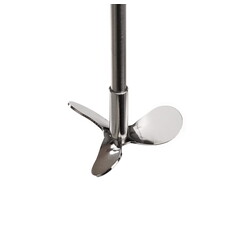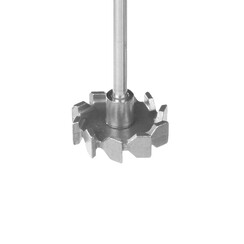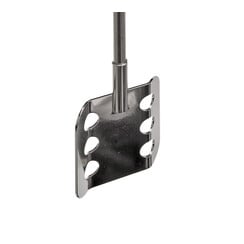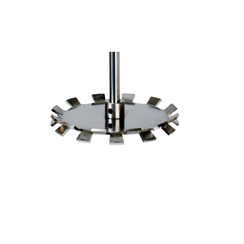You have no items in your shopping cart

24/7 Customer Service

Satisfaction Guarantee

Fast Delivery

Reasonable Price
Stirring Rods
For a guide on Overhead Stirrers, read our article:
Ultimate Guide To Overhead Stirrers
Axial Flow Radial Flow Tangential Flow
Axial flow- creates low shear top to bottom circulation of fluids and is good for suspensions liquid-liquid blending, heat transfer, or stirring needing a vortex. Examples include propeller type blades
Radial flow - creates sideways and then either up or down movement of fluids, before returning to the center. Creates high-shear for applications like emulsification. Less flow compared to axial flow characterized with higher shear and turbulence, beneficial for applications such as gas-liquid dispersion or emulsion mixing.
Tangential flow - creates horizontally movement of fluid around the vessel. Best for mixing high-viscosity materials. Shear is low with little vertical flow. Examples include anchor paddle or square blade.
Vessel and Impeller sizing-The size of vessel used for mixing is an important consideration when selecting the diameter of the impeller. A general rule of thumb for axial or radial flow patterns is the diameter of the impeller be 1/3 of the vessel’s diameter. Anchor impellers are typically 90% of the vessel diameter.
Material-Stainless steel is most common as it is resistant to bending warping, does not break, and is easy to clean. PTFE may be needed for work with corrosive chemicals like acids. Glass may be needed for ultra clean processes.
Folding Blades-Some containers have necks or joints which are not easily accessible. Folding blades can be used in this case









